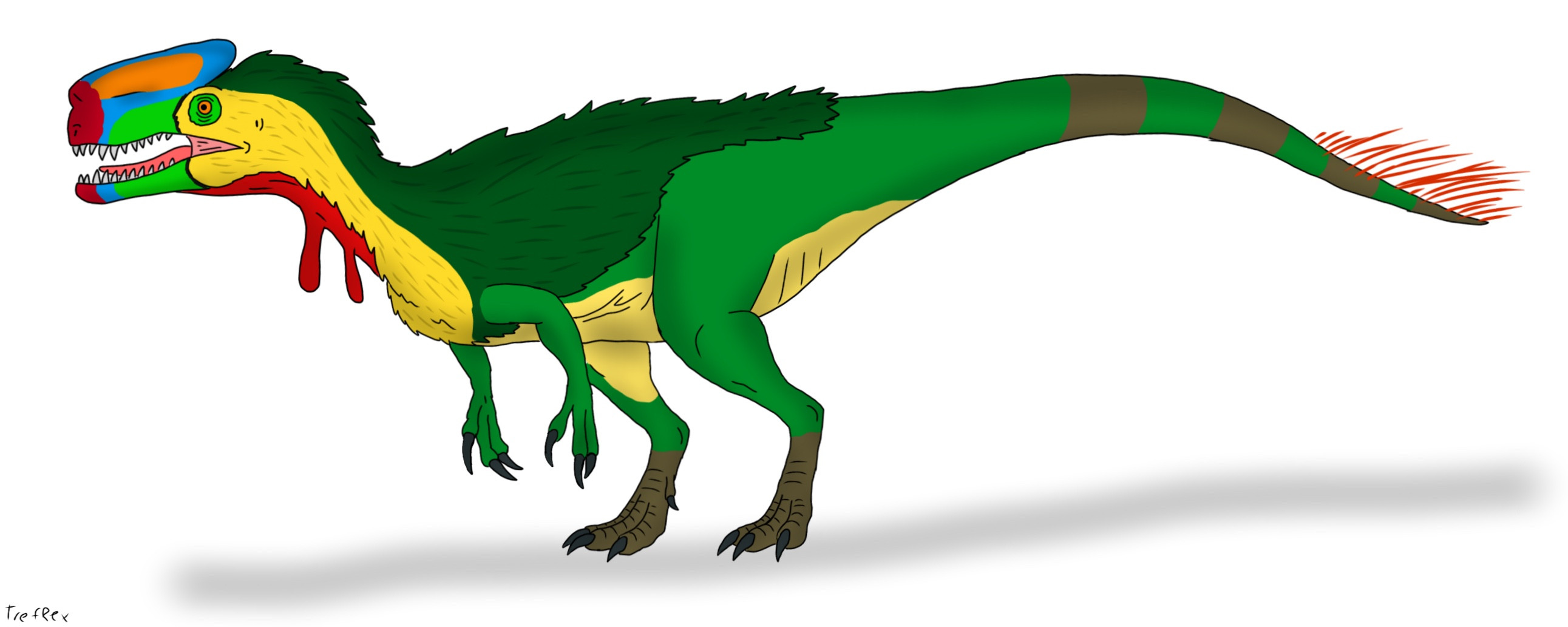HOME | DD
 TrefRex — Jurassic June 9: Proceratosaurus
TrefRex — Jurassic June 9: Proceratosaurus

Published: 2019-06-09 04:06:41 +0000 UTC; Views: 5009; Favourites: 80; Downloads: 0
Redirect to original
Description
So here is Proceratosaurus bradleyi, one of the earliest and most primitive member of the tyrannosauroid family.First discovered in Minchinhampton in Glouchestershire, England UK in 1910 while excavating for a reservoir and known from a 11.8 inch skull, this dinosaur was (like many known non-avian theropods such as Dilophosaurus, Eustreptospondylus, etc.) originally considered a Megalosaurus species, but it was renamed and given its own genus in 1926 by German paleontologist Friedrich von Huene due to the nasal horn-like crest similar to those of the Late Jurassic theropod, Ceratosaurus. Originally thought to be a more basal/primitive relative of Ceratosaurus, then thought to be a type of coelurosaur, but it wasn't until in 2010 that a study announced that it was a very primitive and early member of the tyrannosaur family, more closely related to the iconic King of the Dinosaurs Tyrannosaurus rex than Ceratosaurus. The traits it shared with T. rex and other tyrannosaurs were the same kind of gaps on either side for increasing the jaw muscles, the banana-shaped teeth, and within the bone, numerous air pockets that lighten the structure. Since only part of Proceratosaurus' crest is preserved, it's possible it had a crest similar to Guanlong, Kileskus and Sinotyrannus.
Growing an estimated 10 to 13 feet in length and weighing around 110 lb., Proceratosaurus lived 166.5 million years ago in the Bathonian stage of the Mid Jurassic period, around 100 million years before Tyrannosaurus rex stalked what is now Western North America. During that time, Europe was an archipelago of small islands on the ancient vast Tethys Sea and the UK was in low latitudes, where it was warm and lush back then. A much more gracile and delicate animal, Proceratosaurus would've hunted and preyed on small dinosaurs equal to its size, small pterosaurs, small reptiles, early mammals, and baby dinosaurs as well as possibly feeding on eggs and scavenging on dead animals including carcasses of marine life washed up on shores while evading the larger Megalosaurus it lived alongside with. The crest on its head would've been brightly colored and used for sexual display and warding off rival males.
Coloration of crest and parts of the head based on the keel-billed toucan
Related content
Comments: 9

Very nice! Although the right thumb claw would actually be pointing inwards, and would be more curved.
👍: 0 ⏩: 1

Much better! Also, Eustreptospondylus was never considered to be a species of Megalosaurus, but rather a specimen of Streptospondylus cuvieri. More on it here: theropoddatabase.com/Megalosau…
👍: 0 ⏩: 0































